
Preserving Species Diversity

Contributor
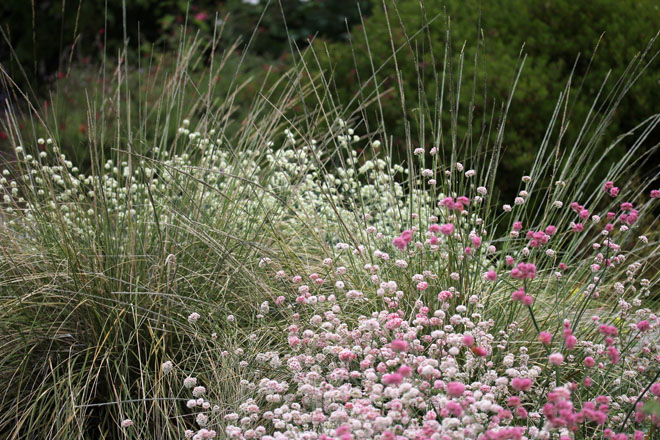
It seems that every week we read about another animal or flora threatened with extinction. It’s no secret that the health of the planet’s diverse ecosystems are under attack from threats as diverse as human encroachment—cutting down virgin forests to grow monoculture crops like coffee or palm oil—to the accidental introduction of an invasive species into an ecosystem, which can have dire consequences.
It isn’t just animal species that are disappearing, however. So, too, are plants. In any ecosystem, plants and animals form mutually beneficial symbiotic relationships, and the loss of one directly affects the other. As individuals, we may feel powerless to reverse this trend, even if we offer financial or, occasionally, physical support to these larger ecosystems.
There is, however, something that we gardeners can do—and that is to strengthen the urban ecosystems that surround us. Our actions and our voices can, one by one and small group by small group, collectively have a substantial impact on our planet’s health. These efforts become more critical as humans colonize ever more of the earth’s surface.
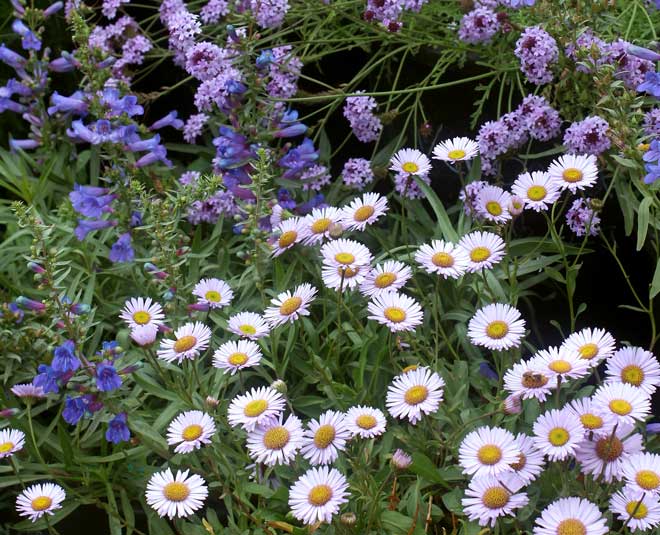
What is Species Diversity?
In the widest sense, species diversity is the incredible variety of flora and fauna on this planet. Plants and animals are constantly evolving, forming new subspecies and, eventually, forms that evolve into their own classification. This diversity is incredibly important to the health of the planet. Literally, one plant or animal species going extinct can set in motion a catastrophic chain of events that may eventually destroy that ecosystem.
Urban Ecologies
Gardeners can support their local ecosystem by providing habitat for pollinators. Flowering plants need to be pollinated to reproduce, and the life cycles of common pollinators (bees, butterflies, hummingbirds, flies, and beetles) are attuned to the time that their favorite flowers come into bloom. Likewise, plants know to produce their flowers when the pollinators they rely upon will be around. As we lose natural habitats, the plants that we grow in our gardens play an increasingly important role in this relationship.
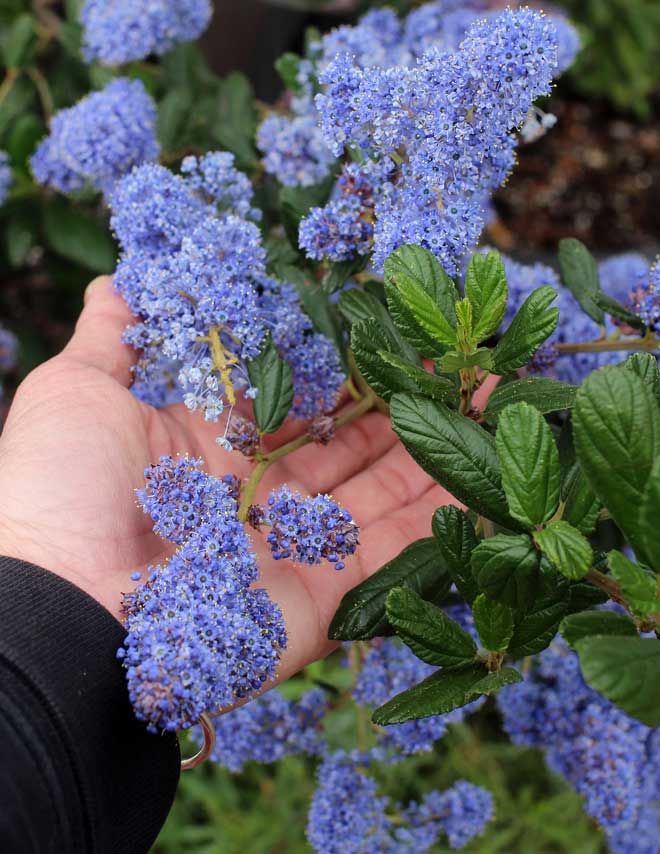
Green Zones
Imagine that every person in your neighborhood planted a full garden. The neighborhood, viewed from Google Earth, would show a lot of green. More importantly, pollinators would find uninterrupted plant byways where they could find the flowers rich in the pollen they so much desire. One yard becomes a green street, then becomes a verdant neighborhood, and onward.
Now imagine that everyone just had a lawn and a few boxwoods. Would that help? Obviously not. Species diversity has two components. On the macro level in the wild, it is preserving or restoring natural habitats with the plant species found there. On the micro level, this translates into each gardener planting a wide range of plants endemic to their region. This would not only be native plants, but—more importantly—plants endemic to one’s region.
The Retail Conundrum
To plant these valuable additions to our ecosystem, one must first buy them. Now imagine that all nurseries were to suddenly vanish, and you could only buy plants at big-box garden centers. They are largely stocked with the same 50 plants, very few of which are natives or are beneficial to our local ecosystems. Our ability to add plants endemic or beneficial to our regions depends on smaller nurseries growing the plants. They, too, are a vital part of the green zone, providing a network of outlets where urban gardeners can find beneficial plants.
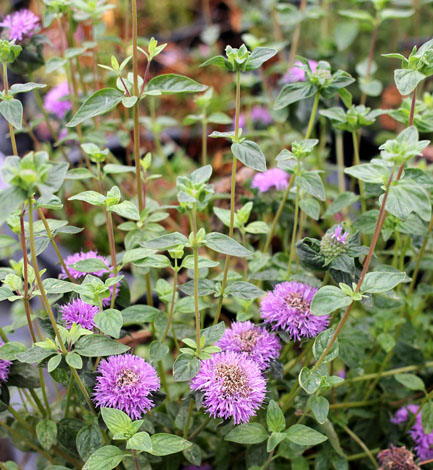
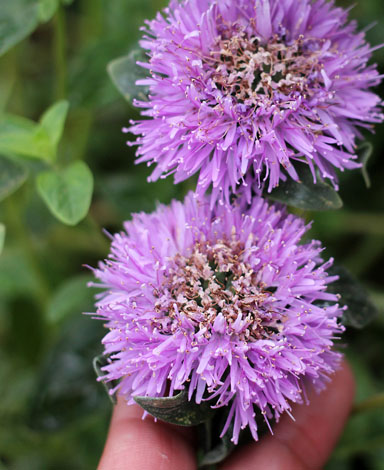
Preserving Species Diversity at the Supply End
Local nurseries, like California Flora Nursery near Santa Rosa, are actively preserving local plant varieties. For example, Monardella villosa (coyote mint) is an important food source for local pollinators, and on one of her many gathering forays in the wild, Sherrie Althouse discovered a new variety she named Russian River. It exhibited strong characteristics so her nursery began propagating this variety. With this simple act, species diversity was preserved and potentially widened.
Independent nurseries offer local natives, and then people buy them and add to the richness of our ecosystems. But it’s equally true that demand from gardeners causes growers to choose plants to propagate and to seek out endemic varieties. Urban gardeners play a vital role in preserving and expanding the availability of local native plants.
The Role of Cultivars
Another way that growers can help strengthen local habitats is by breeding beneficial characteristics into a species. Growers do this by selecting individual plants with good characteristic to find new cultivars, or by crossing two different species to advance the strongest characteristics of each in a new hybrid. Selection or crossing can improve hardiness, disease resistance, drought tolerance, or length of the flowering season, for example. If done properly, hybrids and cultivars can join endemic species in the local ecosystem and help to establish a more durable population. The many cultivars and hybrids of the California native ceanothus are an excellent example of the ways that human assistance can benefit the environment.
The Language of Preservation
It may seem like a small thing, but the language of horticulture is, itself, imperiled. Certain mass-market growers are using only common names, for example, blood flower instead of the botanical name, Asclepias. They are trademarking some named varieties, which means that they control production of that plant. They advertise these plants by their common or trademarked names, and slowly erode the importance—or even existence—of that plant’s botanical name. As the old saying goes, “To name a thing is to know it.”
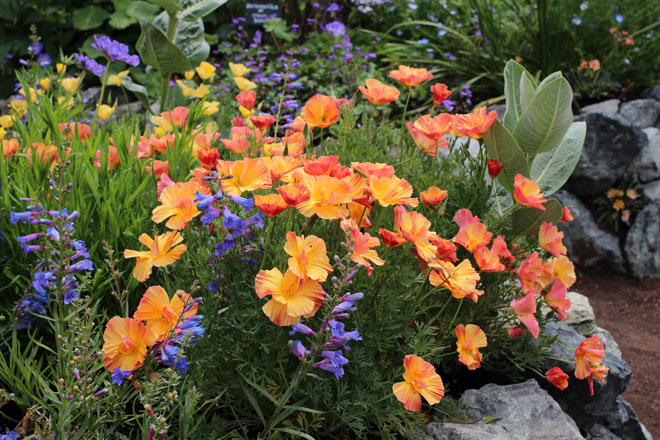
Restoration
Apart from planting a beneficial garden and encouraging neighbors to do the same, there are other ways people can help restore plant diversity. Local organizations clean up and replant creeks and forests by pulling out non-natives and planting native plants. In the same way that gardeners can expand green zones, groups such as the Bay Area’s Conservation Lands Network, Oregon’s Department of Fish & Wildlife, and the Washington Wildlife Habitat Connectivity group seek to link landscapes by connecting areas of nature that allow wildlife to move through freely.
Along with thousands and, eventually, millions of gardeners, we can help preserve the crucial diversity of flora and fauna in our world. The following resources will help you on your way
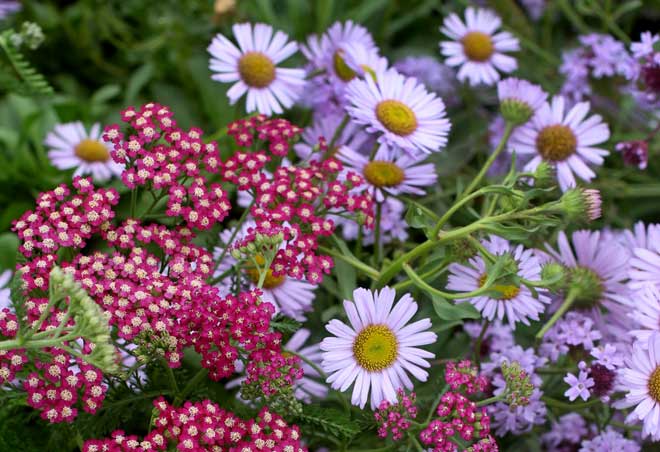
Further information
Conservation Lands Network, a regional vision and guide to protect the Bay Area’s irreplaceable landscape. www.bayarealands.org
Oregon Department of Fish & Wildlife, protecting and enhancing Oregon’s fish and wildlife and their habitats for present and future generations. www.dfw.state.or.us
Washington Wildlife Habitat Connectivity Working Group, an open collaborative science-based effort focused on identifying opportunities and priorities for providing habitat connectivity in Washington and surrounding habitats. www.waconnected.org
Landscape Linkages and Biodiversity by Defenders of Wildlife, edited by Wendy E. Hudson, Island Press (2nd Edition)
Linkages in the Landscape: The Role of Corridors and Connectivity in Wildlife Conservation by Andrew F. Bennett, free download at www.researchgate.net. Search by complete title.











Responses